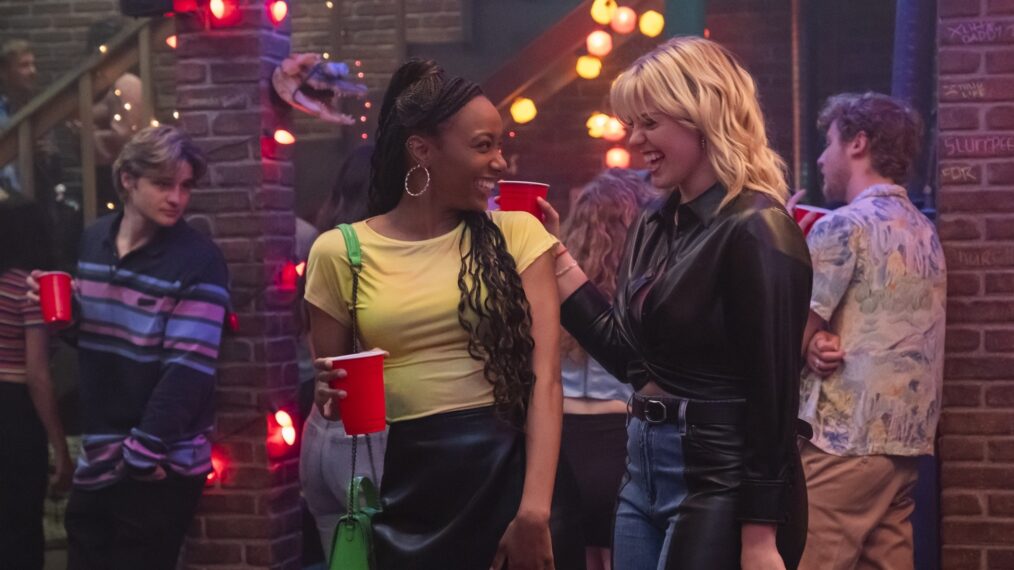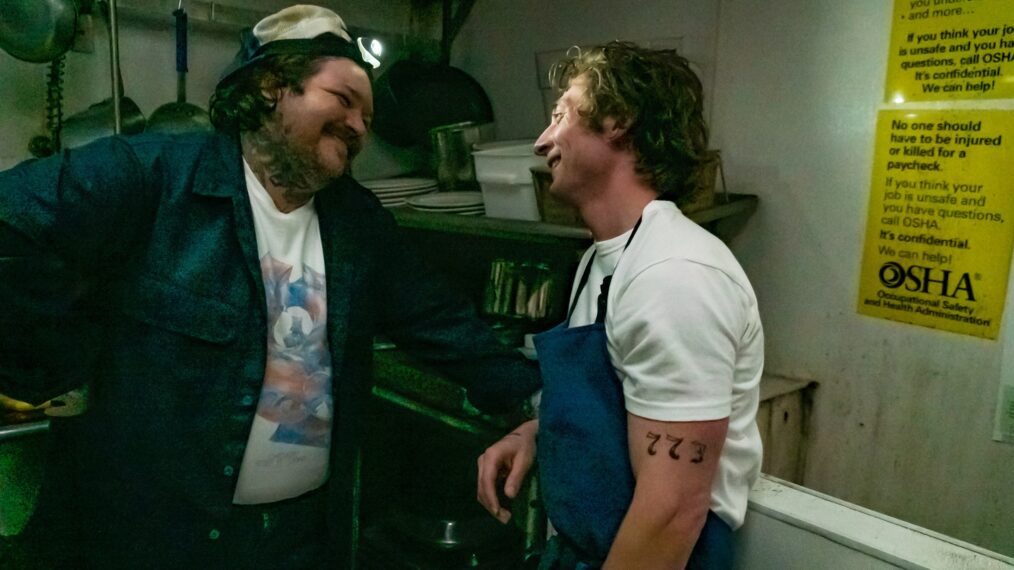Toni Ann Johnson’s collection Light Skin Gone to Waste, tells the story a young Black family’s arrival to the blue-collar town of Monroe, New York, in 1962. Through linked stories following the Arrington’s through the years, Johnson casts critical lens on race, class, and colorism. “If you’re born Black in Monroe, New York, in the 1960s, it doesn’t matter if your daddy gets rich, if your mom is good-looking, or even if you’re almost light enough to pass,” writes Johnson. “You’re an alien, always, even if this is your hometown.”
Through its multiple narrators, Johnson’s Flannery O’Connor Award-winning book mines conflicting identities and the complexity of being Black in America. I had the pleasure of chatting with Johnson about her wonderful book, her approach to structure and point of view, the Los Angeles literary community, and more.
Ashley Perez: We are both alumna of the same MFA program at Antioch University in Los Angeles. I found that the program introduced me to the concept of a literary community. Can you talk a little about what the literary community means to you? How does it serve your writing process and how does it enrich your writing life?
Toni Ann Johnson: Our L.A. literary community, which you’re a part of, is incredibly supportive, interesting, and fun to be with. I’ve been lucky to find community among my L.A. lit friends. We comprise a bunch of smaller communities that intersect. We show up for each other’s events. We share critiques of our work. We give and take each other’s classes. We promote one another, review one another’s books, recommend agents and publishers, and appear on each other’s podcasts. I’ve been in a few creative landscapes over the years, but I’m happier than I’ve ever been with the literary community that surrounds me in Los Angeles. Many of us are awkward introverts and yet it works. We come together often and celebrate each other and it’s quite lovely.
AP: Pivoting now to Light Skin Gone to Waste, let’s talk about the character of Maddie, who we watch grow up over the course of the collection’s linked stories. The stories are presented from multiple points of view, but I keep coming back to Maddie in particular because of her distinctive voice and the way she sees the world. What was it like writing from her perspective as opposed to, say, her parents, Phil and Velma?
TAJ: Light Skin Gone to Waste is a work of autobiographical fiction based on my own Black family’s experience in a predominantly white town in the 1960s and ‘70s. The stories are inspired by my memories and by events my parents shared with me. The character of Maddie is based on me. When I’m writing from her POV, I’m both reconnecting with my memories and recreating an old world anew. I’m writing through the lens of adulthood and with a deeper understanding of race, class, and race relations than I had as a child. At times, it was more painful for me to write from Maddie’s POV because the events I returned to through her remain tender. It was always a more interesting experience to write from Phil or Velma’s POV—I was forced to discover things I didn’t know or hadn’t considered.
AP: A question that is often asked with this kind of collections is why linked stories and not a novel? How do you think the stories are served better as a linked collection as opposed to a novel structure?
TAJ: My original concept was stories. The first iteration of the book was my final manuscript for my MFA at Antioch University—same title, same idea. I never conceived of this as a novel with an overarching question or issue that the book examines, answers, or resolves by the end. I envisioned an episodic structure that looked at events in this family’s experience over a period of time, where the reader have an emotional experience through the way the stories fit together and played out, not by the characters’ trajectories. Though the book does have a kind of resolution, it doesn’t deliver on the expectations that a novel typically presents wherein the main characters arrive at a point of self-awareness, and the reader understands that they’ve changed and will be different going forward, having resolved whatever issue was causing discomfort in their lives. In my collection, some of these characters don’t change or evolve to any higher consciousness.
In real life, narcissists rarely change for the better or come into awareness of their flaws. I was asked to reconsider this book as a novel, and against my better judgment, I tried that. The stories were “chapters” in this novel version and the book brought in many more points of view. It was nearly 500 pages. It contained two novellas. That version went out to editors at large presses and all of them passed. One said it was “unwieldy” and I agreed. I took my book back, returned to my original concept, prioritized the chracter of Maddie, submitted it to the Flannery O’Connor Award, and won. That’s how it got published. It didn’t work as a novel, because it was never conceived as one. However, I’ve heard from a few readers that they read it as a novel. That’s fine with me. I think there is some similarity in linked collections, especially one as linked as this one, to novels. And if readers want to think of it that way, I’m glad. But structurally, the book does not do what most novels endeavor to do.
AP: I’m always curious about the work that goes into a project. It’s daunting to be sure. What would you say was the hardest part about writing this collection? What was the most rewarding?
TAJ: The hardest part was revisiting some of the memories that I based the stories on. There was a sexual assault, and the story “Lucky” is the only time I’ve ever written about it. It was excruciating to recall the sensory details which I felt was necessary in order to write from young Maddie’s POV. As hard as that was, I felt it was time to look at the event as directly as I could in order to be done with it. Another memory that was really hard to revisit was what happens in the story “Make a Space,” when Phil’s infidelity blows up in Maddie’s face.
Finding the character’s voices was rewarding. In particular, Velma’s voice and the voice of Maddie’s cousin Suzy. They were fun to write, as well as to read. I just finished recording the audiobook yesterday and reading their first-person POV stories is probably one of the greatest creative pleasures I’ve ever had. Their voices have a rhythm that I draw immense joy out of experiencing as I read aloud. And, as an aside, it’s also rewarding that I was given the opportunity to narrate my own book. I fought for that, and even though I’ve done the audio narration for both my previous books, it was not easy to get them to agree.
AP: I don’t want to spoil the ending for folks, but the last story in the collection is especially poignant. There is a lot there about how the past informs the present, especially for Maddie, which is in many ways a central theme of the book. Can you talk about how that concept plays into the book, and also about how it relates to the idea forgiveness?
TAJ: Yes, the last story, “Time Travel,” is a payoff to the second story, “Claiming Tobias.” Maddie makes her first best friend in her neighborhood, a white boy who, when they’re very young, doesn’t realize she’s Black. When he does realize, it ends their friendship. The last story reunites them in adulthood when they’re in their twenties. Maddie is still hurt and angry. The story imagines a time when she can let go of that anger. Some readers may see that as forgiveness. I think it’s more complicated than forgiveness.
I was once asked on a podcast: Do you believe time heals all wounds? My answer is no. I don’t believe time heals all wounds. My wounds remain and I’ve become who I am in response to some of them. However, time has softened me and given me perspective and the ability to extend grace to those who have injured me. I don’t see that as the same as forgiveness. I have not let the person off the hook for the injury they caused. I hold them accountable, because what they did affected me for life. I simply recognize that what they did is over and done, and I forgive myself for clinging to useless anger that only impedes my life and my happiness. If there was something good I received from the person who hurt me, then I can reconnect with that good once I let go of the anger I held. But I’m very clear—I don’t forgive what they did. Releasing my anger allows me to see the entirety of the person, rather than define them forever based on one event.

























































